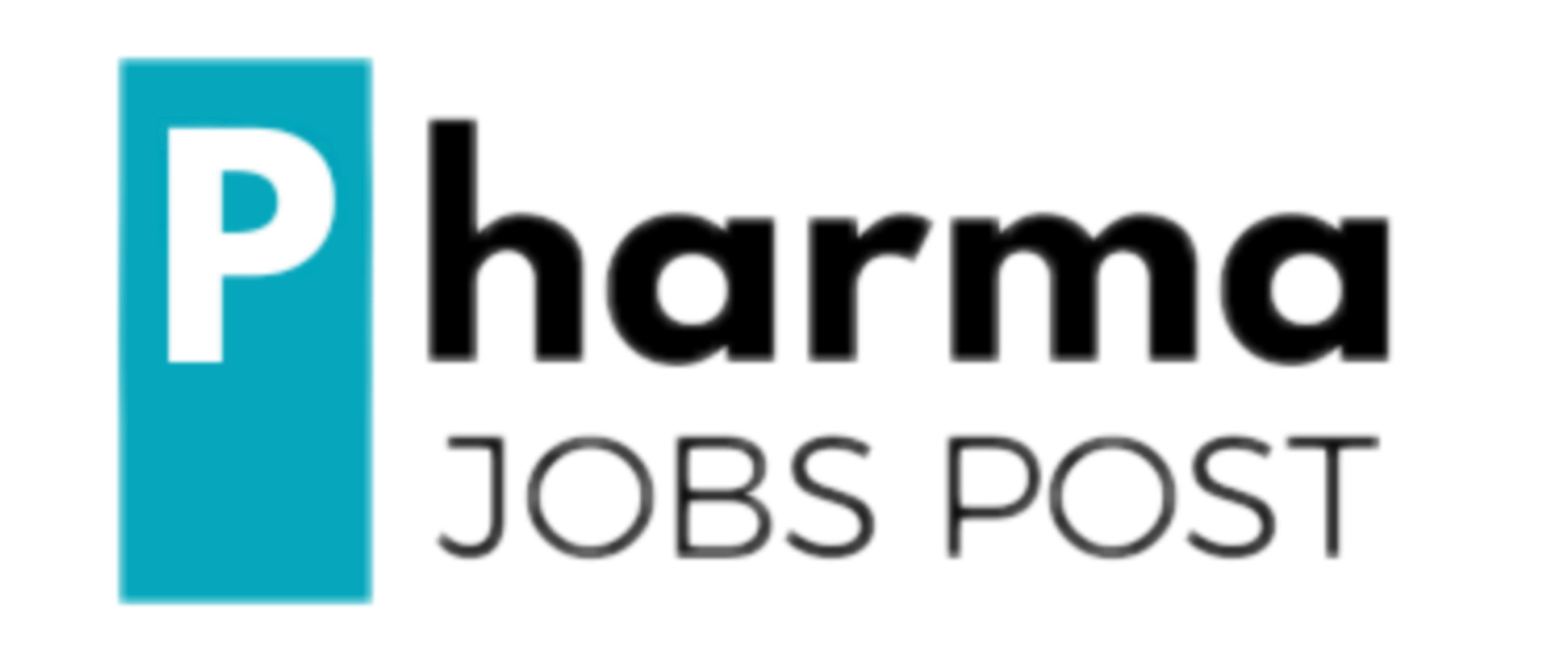A 505(b)(2) New Drug Application (NDA) is a regulatory pathway in the United States that allows for the submission and approval of certain new drug products. The name “505(b)(2)” comes from the section of the Federal Food, Drug, and Cosmetic Act (FD&C Act) that defines this pathway.
The 505(b)(2) NDA is a hybrid between the traditional 505(b)(1) NDA and the generic drug approval process (abbreviated as ANDA, or Abbreviated New Drug Application). Here’s how the 505(b)(2) NDA differs from these other pathways:
1. Traditional 505(b)(1) NDA: This is the standard NDA pathway used for entirely new drug products that require full safety and efficacy data. It involves conducting clinical trials and extensive preclinical studies to establish the safety and effectiveness of the new drug.
2. 505(b)(2) NDA: The 505(b)(2) NDA pathway allows an applicant to rely on data from previously approved drugs (reference listed drug or RLD) for certain aspects of their application. This can include safety and efficacy data from the RLD, as well as other publicly available information. However, the applicant must still provide additional data to bridge any differences between the proposed drug and the RLD. These differences might include dosage forms, routes of administration, or other changes.
The key characteristics of the 505(b)(2) NDA pathway are as follows:
– The application may include data from studies not conducted by the applicant, relying on the FDA’s findings of safety and effectiveness for the RLD.
– The applicant must demonstrate that their proposed drug has the same active ingredient as the RLD or, if different, show the basis for the differences and establish the safety and effectiveness of the new formulation or use.
– The 505(b)(2) NDA may be used for new indications, dosage forms, strengths, or modifications of the RLD.
This regulatory pathway is often utilized when making changes to existing drugs, such as developing a new formulation or seeking approval for a different indication, where full clinical trials would be impractical or unethical. It allows for more efficient drug development by leveraging existing knowledge and data while still ensuring the safety and efficacy of the new product




